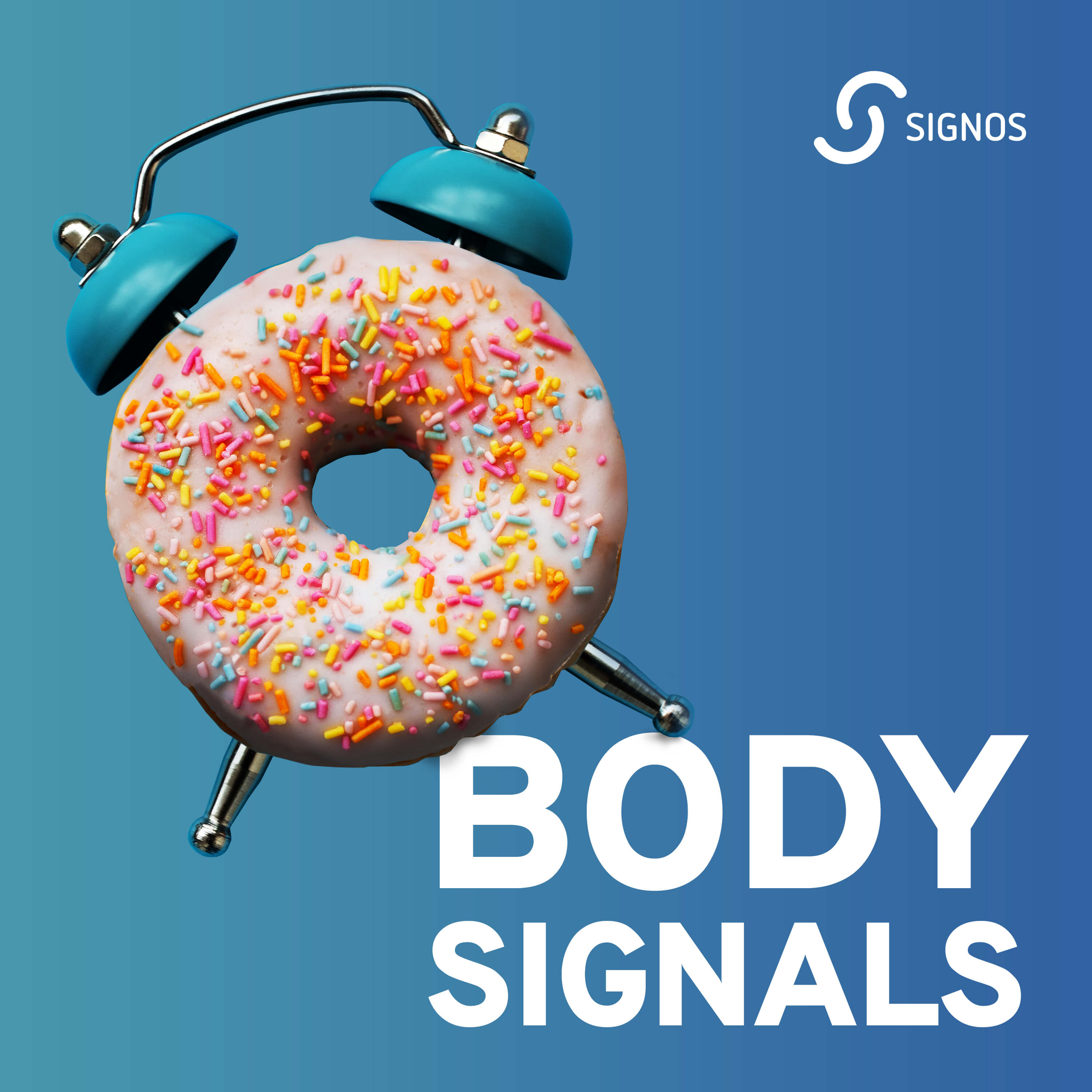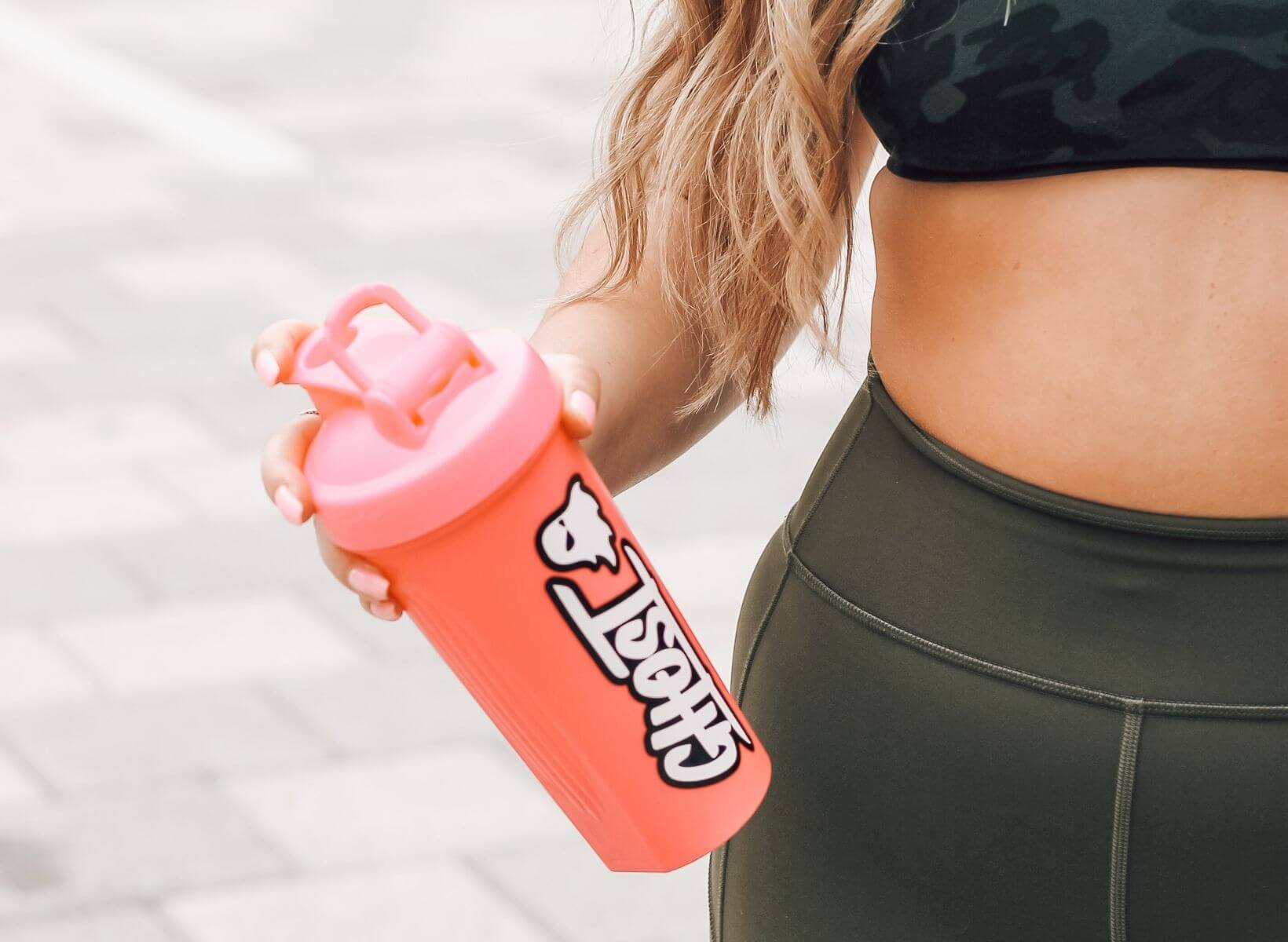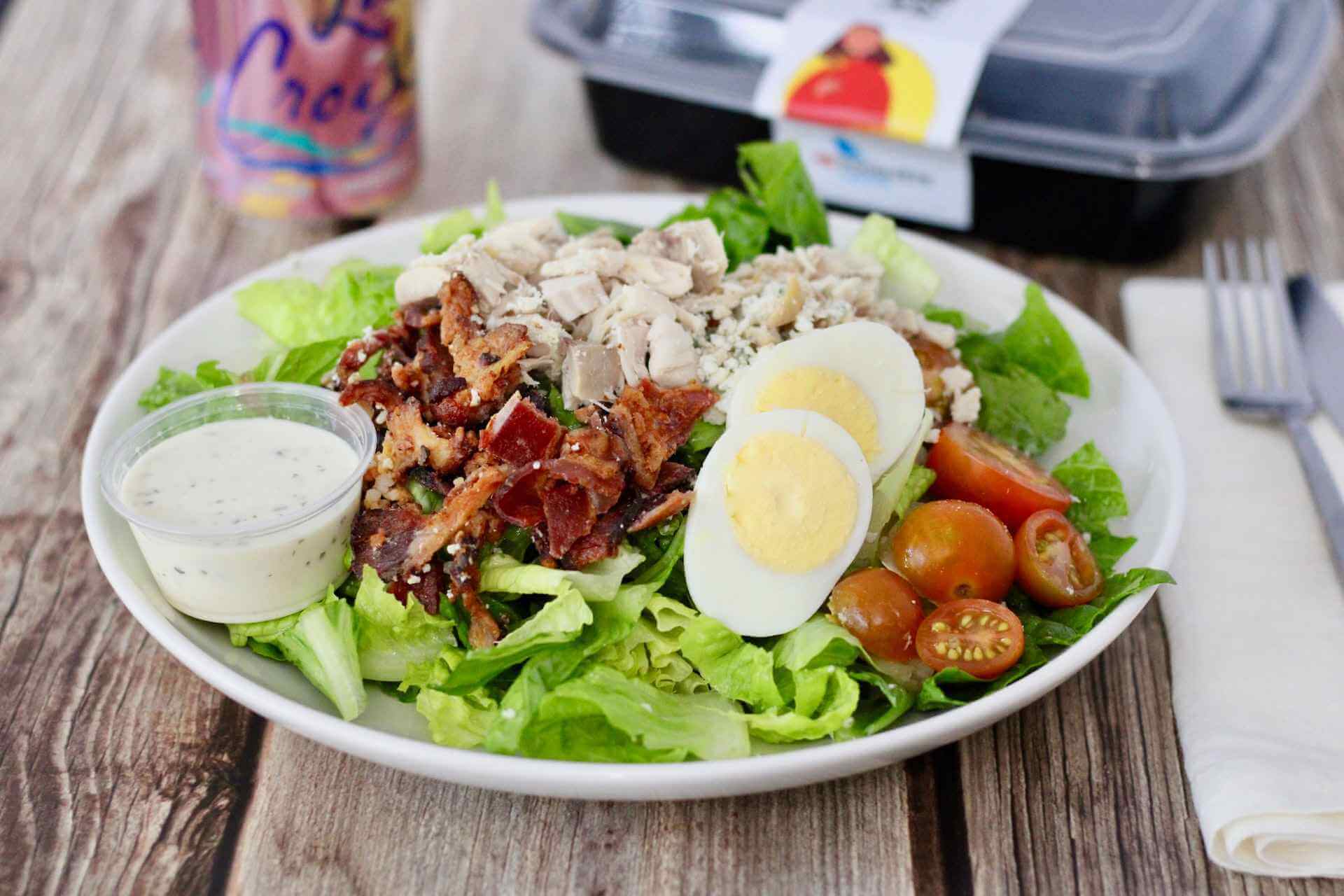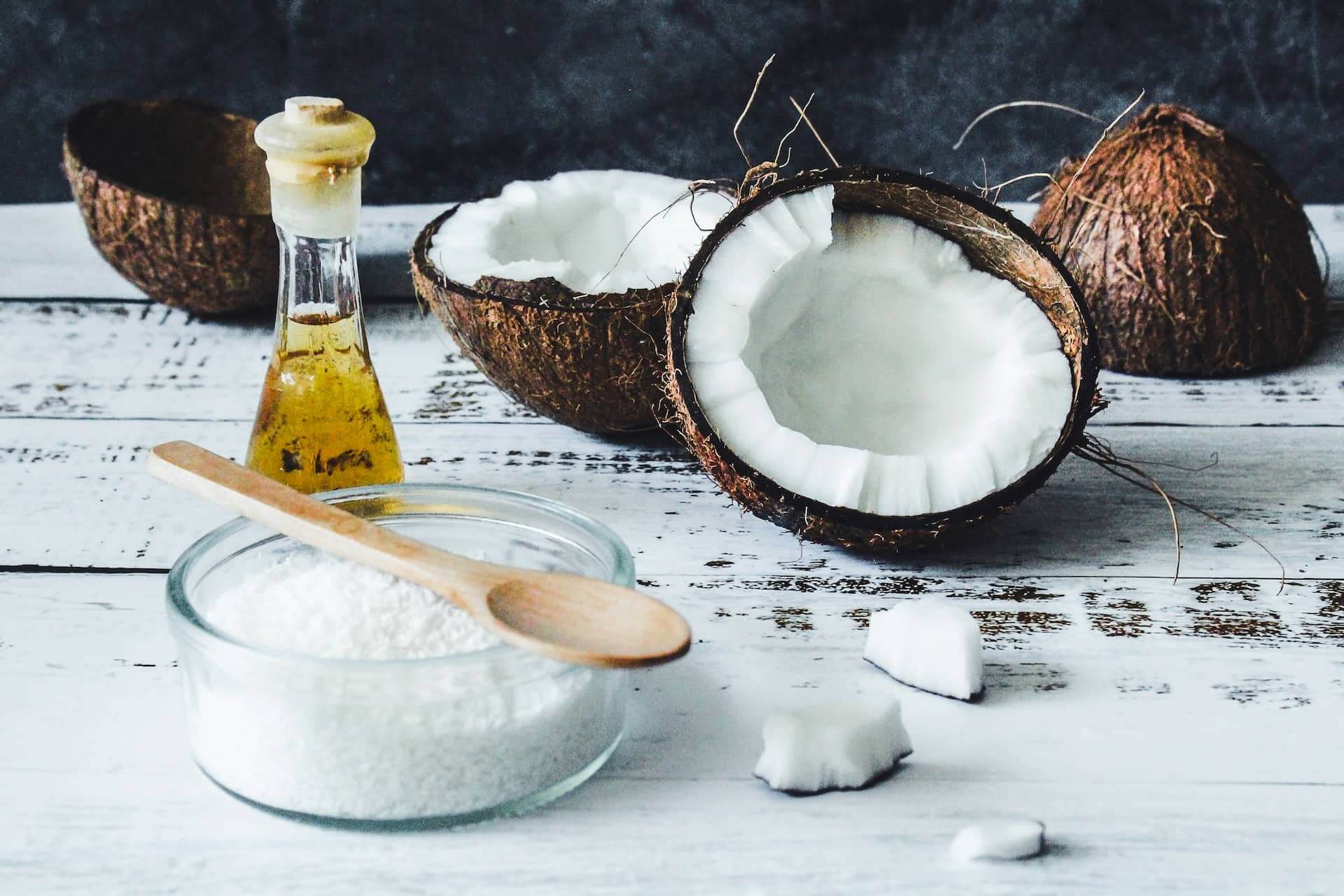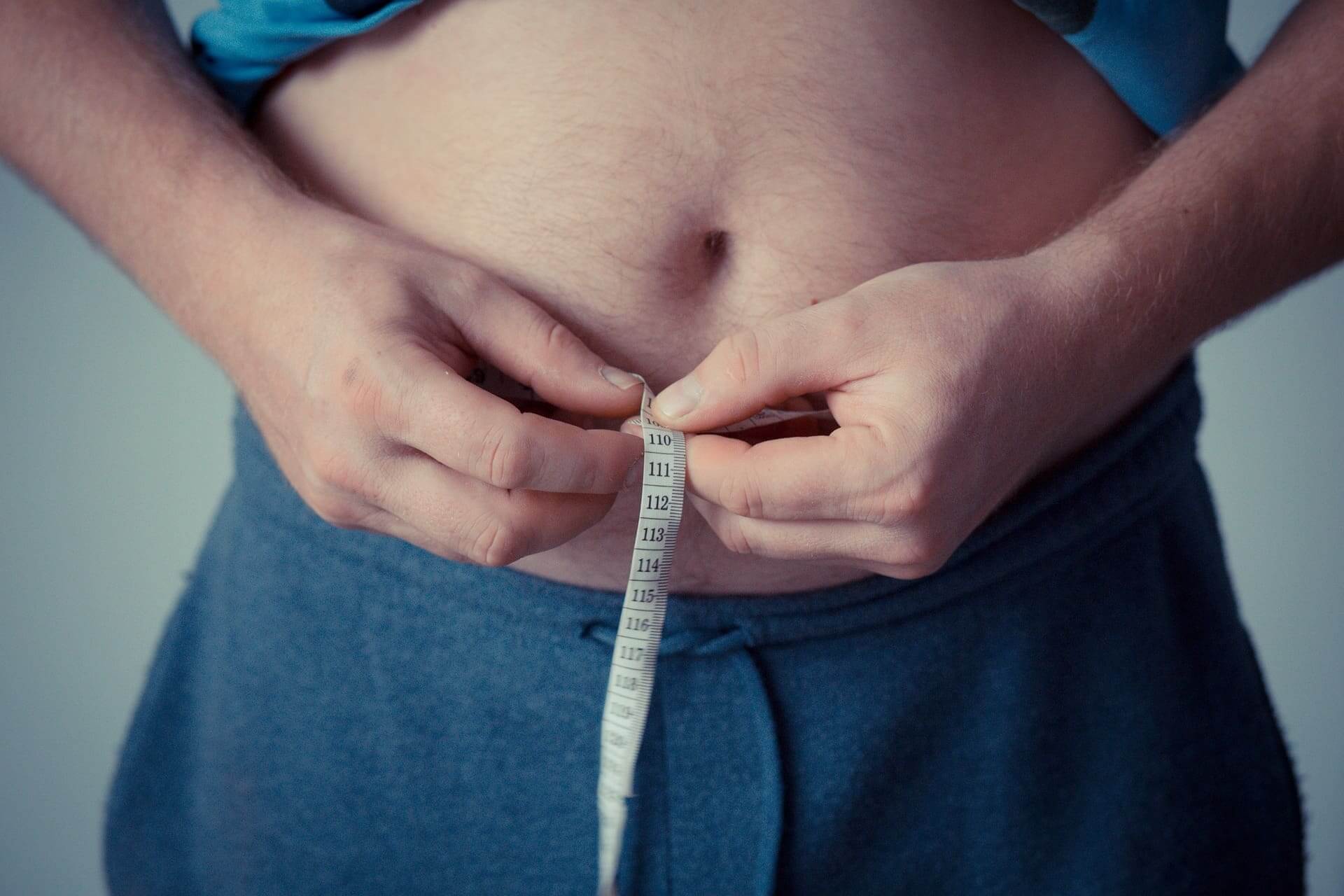People living with diabetes can drink alcohol with some consideration and planning to ensure their blood sugar levels stay within their target range.
There are some pros and cons of alcohol for people with type 2 diabetes.
Cardiovascular (heart) disease risk is lower in people drinking moderate amounts of alcohol.1
For reference, moderate drinking equates to one drink daily for women and up to two drinks daily for men. One drink is five ounces of wine, a 12-ounce beer, or one and a half ounces of spirits.1
On the other hand, individuals taking certain diabetes medications are at risk for low blood sugar levels (hypoglycemia), especially if they drink on an empty stomach.1
Keep reading to learn more about how alcohol affects people with diabetes, how to consume alcohol safely, and better drink choices with type 2 diabetes.
{{mid-cta}}
Alcohol and Type 2 Diabetes: What You Need to Know
Understanding how alcohol is broken down (or metabolized) is key to knowing how to manage alcohol with type 2 diabetes.
Alcohol is absorbed mainly from the small intestine and transferred through the bloodstream to the liver. Alcohol is metabolized in the liver. As your liver breaks down the alcohol, your blood alcohol content is lowered.2
In people living with diabetes and without, the liver is also responsible for stabilizing glucose (blood sugar) levels. Carbohydrates are stored in the liver and released between meals and overnight to maintain a target blood sugar level.
The liver struggles to break down alcohol and maintain steady blood glucose levels simultaneously. Usually, the liver prioritizes alcohol breakdown, which can lead to low blood glucose levels. Eating alongside alcohol can help prevent too low glucose levels, but is still a risk.1
Symptoms of low blood sugar and drunkenness are similarly making it hard to distinguish. Similar symptoms include slurred speech, drowsiness, confusion, and slurred speech.1
Cons and Pros of Alcohol for People With Type 2 Diabetes
Individuals with diabetes monitor their blood sugar response to foods and drinks with carbohydrates. Alcohol does contain varying amounts of carbohydrates, but the liver breakdown of alcohol affects glucose levels more.
Typically, people with type 2 diabetes have excess blood sugar and too little insulin. Insulin helps appropriately lower blood sugar levels.3
Alcohol can also suppress how effective the liver is at managing blood sugar levels, putting a person at a greater risk for uncontrolled blood sugar levels.1
Maintaining optimal blood sugar ranges is crucial for managing diabetes and preventing complications.3
Review these cons and pros of alcohol for people with type 2 diabetes.
Cons
Increased Body Weight
Alcohol does have calories even though it lacks any protein or fat. These calories can add up, especially if you add alcohol in without adjusting your food intake or physical activity.
If someone is drinking more than moderate amounts of alcohol, excess intake is likely. Over time, the accumulation of extra calories can lead to weight gain.
Most research indicates that moderate alcohol intake (one drink for a woman and up to two drinks for a male) is not strongly correlated with excess weight when incorporated into a healthy lifestyle.4
Elevated Blood Sugar Levels (Hyperglycemia)
Alcohol can raise blood sugar levels depending on the type of alcohol and its carbohydrate (and sugar) content. Liquid carbohydrates are digested faster than other forms.1
Additionally, heavy drinking of any form of alcohol can cause hyperglycemia, possibly from inadequate insulin and insulin resistance. Research has shown that long-term alcohol intake of three to four drinks per day in people with diabetes increases blood sugar levels.5
Reduced Awareness of Low Blood Sugar (Hypoglycemia)
Low blood sugar and simultaneously being unaware that it is happening is the most significant risk of drinking alcohol for someone with type 2 diabetes.
As blood alcohol content rises, an individual with diabetes is less aware of their normal warning signals of low blood sugar. These warning signs include sweating, weakness, shakiness, nervousness, and heart-pounding or racing.4
Sometimes, alcohol can lead to a delayed low blood sugar episode up to twelve hours later, especially when taking insulin, sulfonylureas, and metformin.5,6
Triglycerides Levels Rise
Heavy drinking can cause elevated blood lipid levels, including triglyceride levels, in people with and without diabetes. The alcohol increases lipid levels and slows the breakdown of lipid levels. Additionally, alcohol may increase post-meal triglyceride levels in the blood.5
High triglyceride levels are a risk factor for heart disease and pancreas inflammation. The pancreas makes insulin.5
Preventing high triglycerides is important for people with type 2 diabetes. Limiting alcohol intake to moderate or low levels can prevent this complication.
Pros
Alcohol May Lower Blood Sugar in Individuals With Diabetes
Lower blood sugar can be a positive perk for people with diabetes if it doesn’t lead to hypoglycemic episodes.
A randomized, controlled trial including 109 adults with type 2 diabetes who previously abstained from alcohol was randomized to five ounces of wine (the equivalent of one drink) or one non-alcoholic beer with dinner.7
Fasting glucose levels decreased by 22 mg/dL in the alcohol group after three months. Post-meal glucose levels were unaffected. Fasting blood glucose levels did not change in the control group.
Additionally, patients in the alcohol group with a higher starting A1c level had greater reductions in fasting blood glucose levels.7 This study indicates that people who have difficulty lowering their blood glucose levels could benefit from the hypoglycemic effect of alcohol paired with a meal.
Moderate Alcohol Intake Increases Good Cholesterol, Reducing Heart Disease Risk
Alcohol and heart disease have been studied extensively. Most research supports the intake of moderate alcohol intake (primarily red wine) as it plays a role in heart disease prevention through improved blood lipids. Good cholesterol (HDL) increases after one month of drinking red wine.8
The reduced heart disease risk is often seen in conjunction with a Mediterranean-style diet and an abundance of polyphenols. Polyphenols constitute a significant antioxidant consumed in the diet.8
Red Wine Contains Antioxidants, Potentially Beneficial for People With Diabetes
Polyphenols are present in red wine, olive oil, coffee, tea, and plant foods, including fruits, vegetables, whole grains, oats, and beans.8
Evidence suggests that long-term intake of polyphenols reduces heart disease, several cancers, type 2 diabetes, and cognitive health.8 Polyphenols are notably beneficial to the body but can be consumed from many other food and beverage sources besides alcohol.
Some other points to consider are:
The Link Between Red Wine and Improved Diabetes Management Is Theoretical, Lacking Conclusive Evidence
Overall, research is still not robust enough to recommend red wine or any alcohol for all individuals with type 2 diabetes.
A handful of studies looked at red wine and improved diabetes management specifically. Most look at other diet and lifestyle factors along with red wine intake.
Consider the Risks of Alcohol Consumption, Consulting With Your Healthcare Provider for Personalized Advice
Moderate alcohol intake has been shown to reduce your risk of heart disease. If you have diabetes, you are twice as likely to develop heart disease.9
Alcohol may help lower fasting blood sugar levels in individuals with type 2 diabetes, and red wine can supply you with polyphenols, a potent antioxidant.
However, alcohol can raise triglyceride levels. Heavy drinking can lead to hyperglycemia and weight gain, causing poorly controlled type 2 diabetes.
Finally, low blood sugar levels are the biggest risk when consuming alcohol with type 2 diabetes. Consult with your healthcare provider for individualized advice.
<p class="pro-tip"><strong>Learn more: </strong><a href="/blog/low-sugar-drinks">11 Refreshing Low-Sugar Drinks That Won't Spike Blood Sugar</a>.</p>
Smart Sips: 7 Perfect Alcoholic Choices for Diabetes

Choose alcoholic drinks that are lower in carbohydrates and sugar content, as liquid carbohydrates are absorbed faster.
Moderate drinking provides some health benefits, whereas heavy drinking puts you at risk for diabetes and other health complications.
Remember, moderate drinking equates to one drink a day for women and up to two drinks for men. Below are alcoholic beverages that are lower in carbohydrates and a quick summary of drinks to avoid.
1. Red Wine
One drink (or five ounces) of red wine provides 125 calories and 3.8 g of carbohydrates.10
Red wine has the highest amount of polyphenols of any alcoholic beverage. These antioxidants help prevent heart disease and type 2 diabetes.8
2. Light Beer
A twelve-ounce light beer contains 103 calories and 4.6 g of carbohydrate.11 A regular beer has 12.6 g of carbohydrate.12
Light beer is almost three times lower in carbohydrates than regular beer, making it a better choice for individuals with type 2 diabetes.
3. Dry Martini
A martini is a cocktail drink made with gin and vermouth, with an olive, lemon, or lime garnish. Martinis are very low in carbohydrates, making them suitable for people with diabetes.
A four-ounce martini contains 241 calories and 0.2 g of carbohydrates.13
4. White Wine
Five ounces of white wine contains 121 calories and 3.8 g of carbohydrates.14 White wine contains half the polyphenols as red wine.8
White wine is a lower carbohydrate option for people with type 2 diabetes.
5. Bloody Mary
A classic Bloody Mary is made with six ounces of tomato juice, one and a half ounces of vodka, spices (salt, pepper, Worcestershire sauce, hot pepper sauce), and garnished with olives or celery.15
Choose a low or no-added-salt tomato sauce and omit the added salt for a lower-sodium version. This diabetes-friendly mixed drink contains 141 calories and 9 g of carbohydrates per serving.15
The tomato juice retains some of the fiber, unlike most juices. Tomato juice contains all your vitamin C needs, is a good source of vitamin A, and is a rich source of another antioxidant, lycopene. Lycopene reduces inflammation that can contribute to heart disease and type 2 diabetes.17,18
6. Hard Seltzer
Hard seltzer combines carbonated water, alcohol, and a small amount of fruit juice. Hard seltzers are low in carbohydrates and similar to beer in alcohol content and serving size.
A twelve-ounce can of hard seltzer provides 100 calories and 2 g of carbohydrates.19
7. Distilled Spirits
Distilled spirits or hard liquor contain virtually no carbohydrates and 97 calories in a one-and-a-half-ounce serving size.20 They include tequila, rum, gin, vodka, whiskey, and bourbon.
The carbohydrate content depends on what you mix into the distilled spirits. Juices and sugar-sweetened beverages like soda can add a significant amount of carbohydrates.
When choosing alcoholic beverages with type 2 diabetes, avoid drinks that have a lot of added sugar and carbohydrates.
This includes margaritas, sangrias, daiquiris, and pina coladas. An eight-ounce margarita has 36 g of carbohydrates21, and a sangria has 19 g of carbohydrates.22
Dessert wines are also higher in carbohydrates, at 14 g of carbohydrates per serving.23 Regular beer is comparable to a dessert wine.12
Tips for Drinking Safely With Type 2 Diabetes

When drinking with type 2 diabetes, it is crucial to be aware of the carbohydrate content of the alcoholic beverage and aim for moderate drinking to prevent unhealthy blood sugar fluctuations.
- Eat before or while drinking
- Moderation is key (limit to one drink for a woman and two drinks for a man)
- Choose wisely; pick lower-carbohydrate alcoholic drinks
- Monitor blood sugar to prevent low and high blood sugar levels
Learn How to Improve Your Nutrition and Monitor Your Glycemic Index Levels With Signos’ Expert Advice
A Signos’ continuous glucose monitor (CGM) can help you know how your blood sugar level responds to alcohol, food, supplements, vitamins, beverages, and exercise. You can discretely monitor your response to alcohol with a CGM.
A Signos’ CGM can help you improve your health while trying to prevent or manage type 2 diabetes. Learn more about how Signos works. Take a quick quiz to determine if Signos fits your needs.
<p class="pro-tip"><strong>Keep reading: </strong><a href="/blog/low-calorie-alcoholic-drinks">9 Low-Calorie Alcoholic Drinks for Weight Loss</a>.</p>
- Item 1
- Item 2
- item 3
Topics discussed in this article:
References
- https://diabetes.org/health-wellness/alcohol-and-diabetes
- https://pubmed.ncbi.nlm.nih.gov/17718403/
- https://www.hsph.harvard.edu/nutritionsource/carbohydrates/carbohydrates-and-blood-sugar/
- https://pubmed.ncbi.nlm.nih.gov/25741455/
- https://pubmed.ncbi.nlm.nih.gov/15706798/
- https://pubmed.ncbi.nlm.nih.gov/20532803/
- https://pubmed.ncbi.nlm.nih.gov/17848609/
- https://pubmed.ncbi.nlm.nih.gov/31752333/
- https://www.cdc.gov/diabetes/library/features/diabetes-and-heart.html#:~:text=If%20you%20have%20diabetes%2C%20you,are%20to%20have%20heart%20disease.
- https://fdc.nal.usda.gov/fdc-app.html#/food-details/173190/nutrients
- https://fdc.nal.usda.gov/fdc-app.html#/food-details/169572/nutrients
- https://fdc.nal.usda.gov/fdc-app.html#/food-details/168746/nutrients
- https://fdc.nal.usda.gov/fdc-app.html#/food-details/1104421/nutrients
- https://fdc.nal.usda.gov/fdc-app.html#/food-details/174837/nutrients
- https://www.allrecipes.com/recipe/65037/classic-bloody-mary/
- https://fdc.nal.usda.gov/fdc-app.html#/food-details/1584434/nutrients
- https://pubmed.ncbi.nlm.nih.gov/23069270/
- https://fdc.nal.usda.gov/fdc-app.html#/food-details/2171986/nutrients
- https://fdc.nal.usda.gov/fdc-app.html#/food-details/2346277/nutrients
- https://fdc.nal.usda.gov/fdc-app.html#/food-details/2346281/nutrients
- https://fdc.nal.usda.gov/fdc-app.html#/food-details/2346259/nutrients
- https://fdc.nal.usda.govfdc-app.html#/food-details/2346270/nutrients
- https://fdc.nal.usda.gov/fdc-app.html#/food-details/2346267/nutrients




